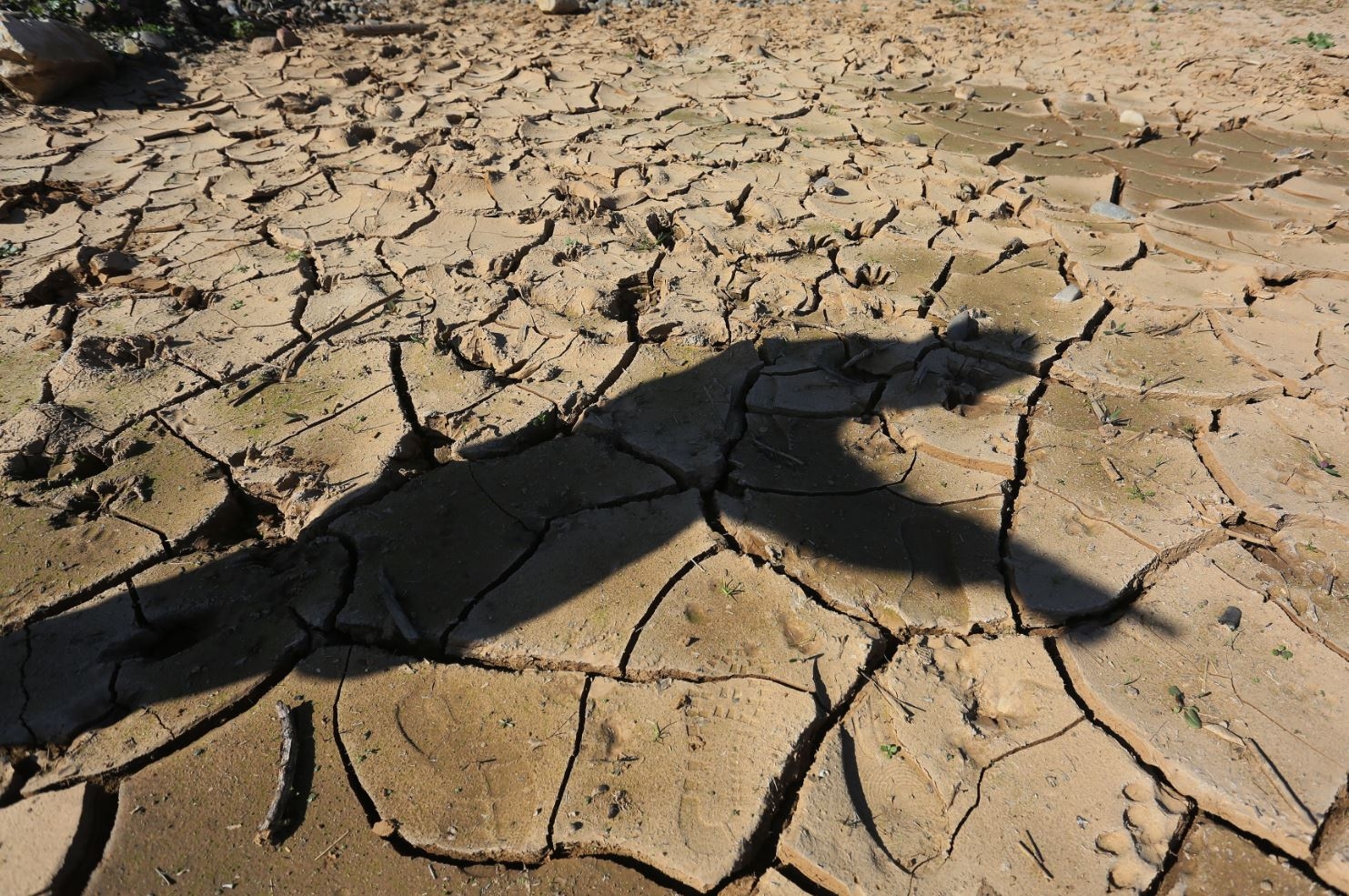Javier Morales: Walking with Gary Snyder and other poets “is a cry against climate change and for the survival of life”

By Natalia Sagredo
Madrid, Oct 29 (EFEverde).- In his new book "Walking with Gary Snyder and other poets" (Tundra), Javier Morales meditates on "a circular life, where humans are born and return to the earth" as a kind of circular walk through the changing landscapes of Cercedilla, in the Sierra de Guadarrama.
A graduate in Journalism, with extensive experience as a writing teacher, Morales embarks on a new literary proposal linked to nature, which precedes some of his books such as, "The day I stopped eating animals", "Working is tiring" or "Carver's coin".
Unlike some of his other essay books, on this occasion Morales “did not have a prior idea” of what he wanted to say and the result is “a book in progress”.
After numerous walks to Cercedilla, with a book in his backpack, "Walking with Gary Snyder and Other Poets" ultimately becomes a critique "against the rampant urban development that is destroying the Sierra de Guadarrama." His book is "a cry against climate change and for the survival of life."
 Circular walks
Circular walks
Morales is clear about his search for "something comforting; a meditative walk, equating walking with thinking."
With each trip to Cercedilla, the author “jotted down impressions, noting how he saw the route he was taking, how the landscape had changed, and the books he was reading.” He reflects on “how, as he kept going to Cercedilla, the book itself was enriched.”
He says that “on each walk one comes out transformed, if one has a kind of connection with the forest” because “as each day passes there is a different tone and the birds sing in a different way.”
Snyder as the coreThe journalist and writer enjoys incorporating poets into his writing. As the title suggests, Gary Snyder becomes a key figure in this essay, being a pioneer of ecopoetry, and highlighting "his sensitivity and awareness of environmental degradation."
Besides Snyder, diverse poetic references abound. Morales incorporates the vision of Arne Naess, a Norwegian philosopher who bases his ideological current on the “idea that all living beings, including non-human ones, are independent; banishing anthropocentrism and placing all living beings at the base of the pyramid, on equal terms.”
Morales chooses Naess as a reference point because of her influence in representing “a place of rest where one can read and find oneself.” However, she also includes other models such as Mary Oliver, Jorge Risman, and Robin Kimmerer.
Despite his wide selection of different authors, Morales chooses to use the figure of Gary Snyder because he believes that he "symbolizes many currents with which he agrees" and highlights "the idea that we must be humble and relate to nature, understanding that living beings are on equal footing on this planet."
Poetry to get closer to the worldWalking with Gary Snyder and other poets “is a succession of layers. As if each walk were a layer added to another.” The author admits that its core is “an overall vision of his walks through Cercedilla and not so much a specific day.”
For Morales, poetry, “in very broad terms, is almost like praying. It’s like a kind of solace, a refuge where one can reconcile with oneself and with what one sees.” He believes that “we cannot ignore our relationship with nature, of which we are a part.”
According to the writer, poetry serves "to see our relationship with living beings in a different light, our role in the world, and also as a source of solace, as well as an elegy." He emphasizes that "it allows us to discover the beauty of the world and what disappearance means."
Ode to NatureWalking with Gary Snyder and other poets is divided into two seasons: autumn and spring. This idea stems from his fondness for imagining that “the seasons structure life,” where “life is like seasons, with spring and autumn representing maturity and winter representing old age.”
With his book of essays, Morales pays homage to nature and the urgency of action in the face of climate change.
The author delves into the words of various philosophers and poets, recounting his frequent walks to Cercedilla, exploring the complexity of nature and the damage inflicted by humankind. Morales conceives of his book as “a consolation,” but with the urgent need to “awaken critical awareness.” EFEverde
ns/al
efeverde





